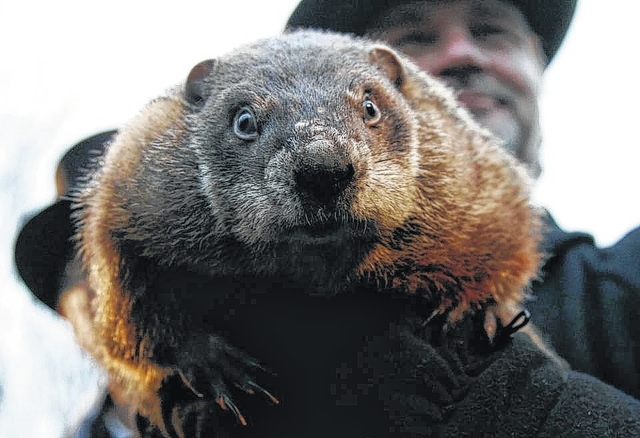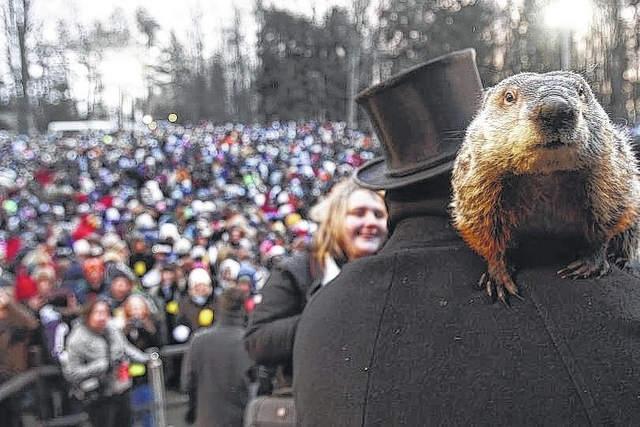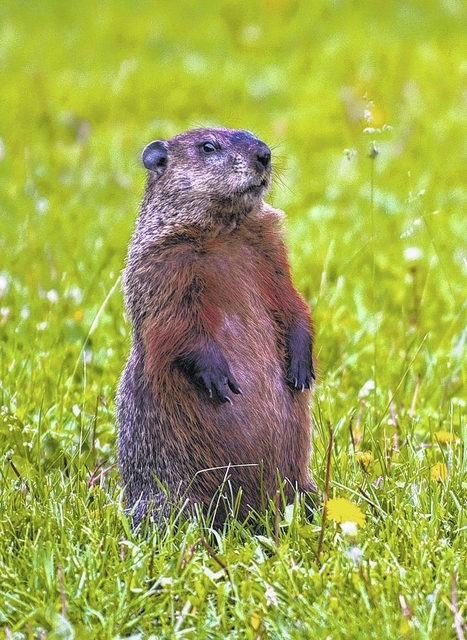PICKENS COUNTY — Every year, on Feb. 2, millions of Americans ignore their local weather forecasters — with all their radar, satellite imagery and scientific data — and instead turn to a little groundhog in Pennsylvania to find out if we are in store for an early Spring or six more weeks of Winter.
Groundhog Day is a day of celebration in Punxsutawney, Pa., with all the pageantry, pomp and circumstance one might expect is due to “the Seer of Seers, Sage of Sages, Prognosticator of Prognosticators and Weather Prophet Extraordinary” — also known as “Phil” — who has been making weather predictions since 1886.
According to tradition, if the groundhog sees its shadow after coming out of his hole on Feb. 2, there will be six more weeks of Winter.
But, if there’s no shadow, we can all look forward to an early Spring.
So, how often is the little guy right? Well, according to The Punxsutawney Groundhog Club — yes, that’s a thing — Phil’s track record isn’t so great, he comes in with around 39 percent accuracy.
He’d be better off flipping a coin.
The club does assert that Phil’s predictions tend to be more accurate when predicting an early Spring as of the 15 years with “no shadow” declarations — 11 were warmer than usual.
Not bad for a rodent.
According to historians, Groundhog Day can trace its roots to Candlemas Day, an old Christian tradition.
The story goes that on that day, clergy would hand out blessed candles that families would need for the winter. The candles, in turn, represented how long and cold the people could expect the winter to be.
When Christianity expanded into what is now Germany, the people took the concept one step farther by picking an animal — in their case, a hedgehog — as a more “accurate” means of predicting the coming weather than candles.
Centuries later, as the Germans settled in America (specifically in Pennsylvania) the tradition was continued — with one slight variation …
You see, Pennsylvania may be known for several things but one thing it is not known for is its abundance of hedgehogs.
Unwilling to give up their tradition, the settlers traded their beloved hedgehogs in for an animal a bit more abundant in the Keystone state: The groundhog.
Punxsutawney Phil will make his 131st prediction Thursday morning.




